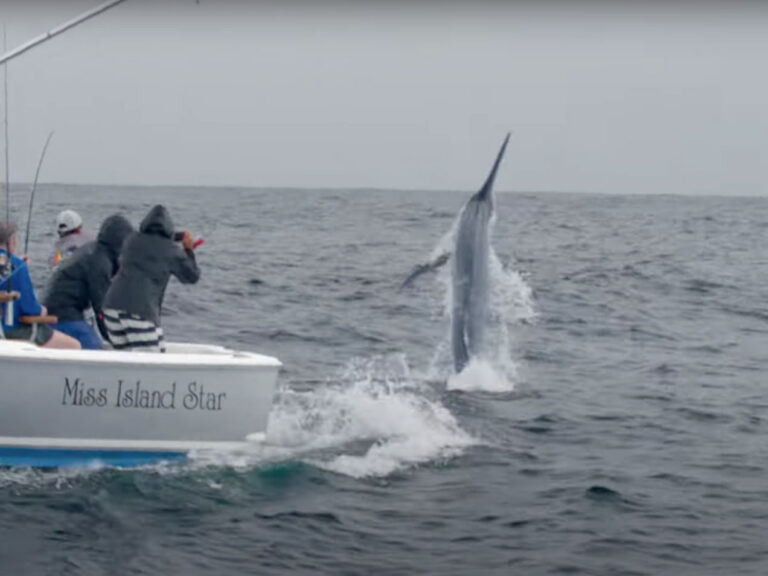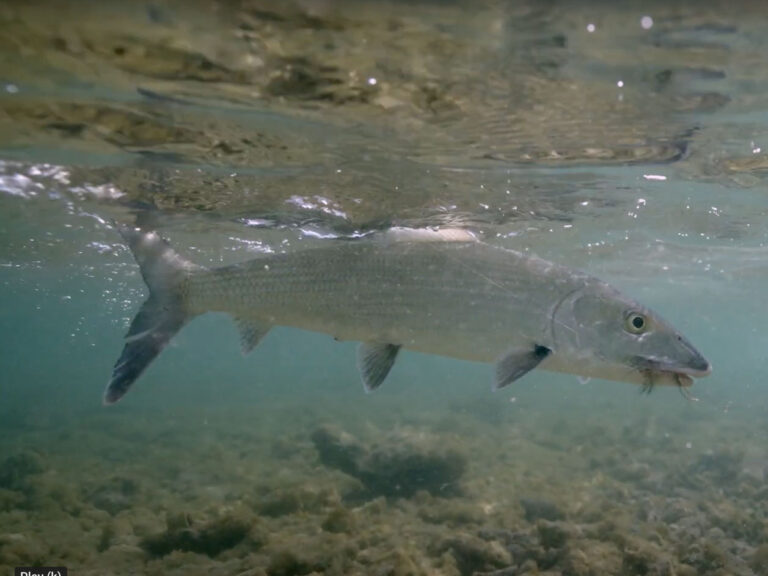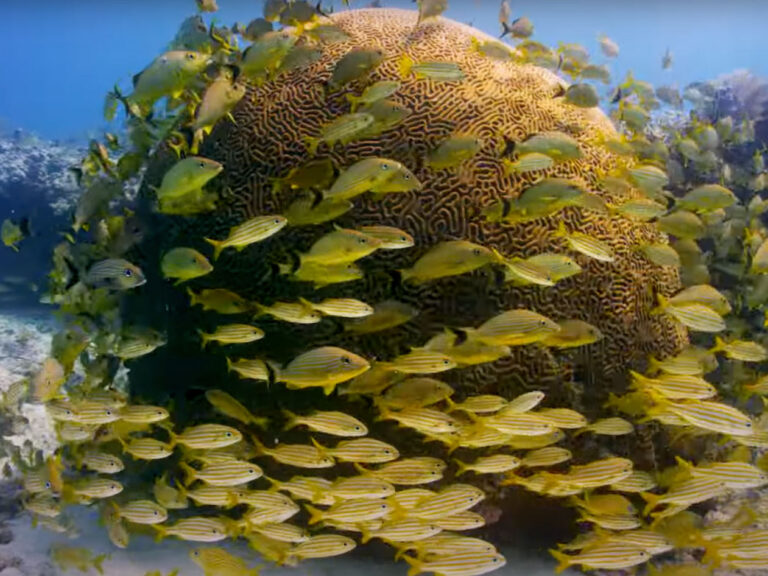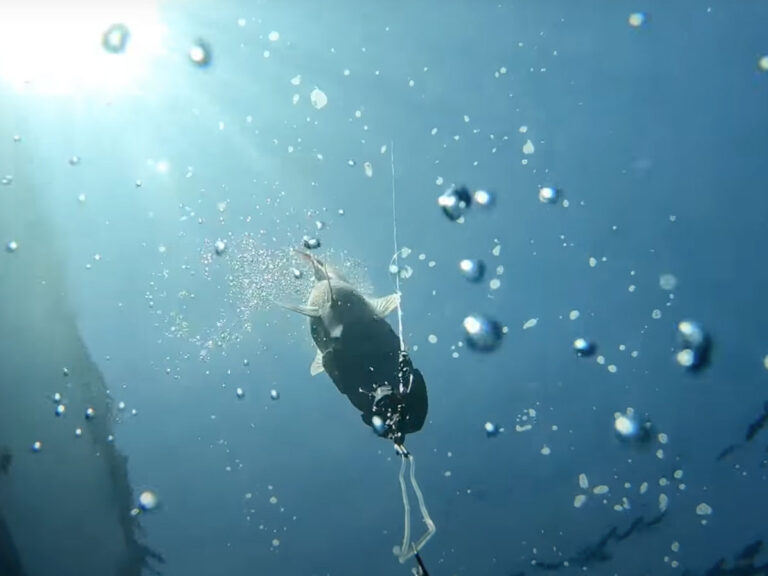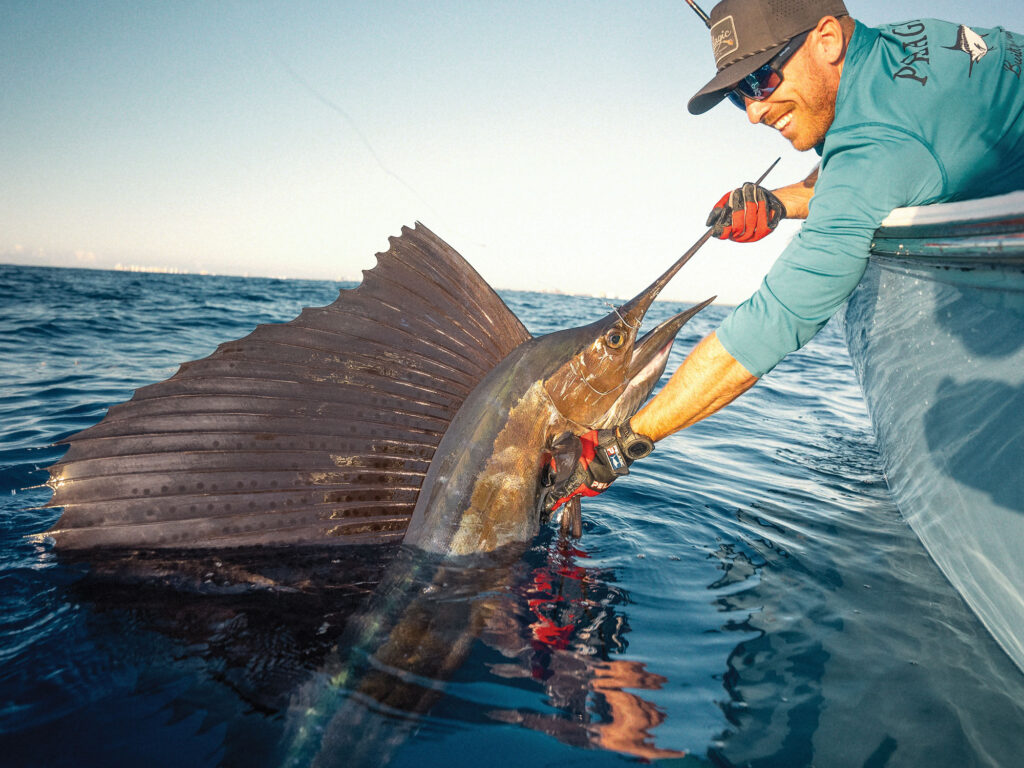
There’s no escaping it: February is cold, wet, windy and nasty. For hardy souls willing to suffer the weather, the payoff is great fishing and uncrowded waters. To escape the cold, fish congregate in their winter grounds and give anglers shots at epic offseason action. Wait for the weather to break, dress in layers, fill a thermos with hot chocolate, and gear up for giant bluefin tuna, trophy blackfin, 100-pound yellowfin and big black drum. From the mid-Atlantic to the Southeast and the Gulf Coast to the Hawaiian Islands, we found four gems of winter fishing guaranteed to keep anglers warm until spring.
Hatteras, North Carolina
Hatteras is famous for two things: great fishing and terrible weather. Capt. Andy Piland of Good Times Sportfishing braves the treacherous shoals to access the best bluefin tuna fishing of the year. He laughs, “The number of bluefin you catch depends on the strength in your arms.” With 200- to 500-pounders hanging on the temperature break east of Diamond Shoals Light, Piland says fish are easy to find. He trolls Joe Shute and MagicTail lures and large ballyhoo. “I like heavy tackle with a lot of drag to quickly bring the tuna to the boat and release it healthy,” he explains. When the fish are feeding aggressively, Piland goes with topwater lures and vertical jigs. Piland remembers a trip last February when two anglers each landed 10 big bluefin tuna.
Key West, Florida
Anglers in the Northeast may scoff, but winter can be tough in the Keys. Passing cold fronts kick up wind and drop the temperature to sweatshirt weather, but Capt. Chris Trossett says rough conditions heat up offshore fishing. “I love winter fishing because we can fish the Atlantic or the Gulf,” he says. Trossett heads to the leeward side of the islands, anchors over a reef, and live-chums with handfuls of pilchards. “Once we get the fish fired up, the action is fast.” Trossett targets blackfin tuna and often catches dolphin and wahoo. “Then a sailfish rips through the chaos,” he says. When predators feed aggressively in the chum line, Trossett casts large topwater plugs and swimming lures. Last winter saw a progression of cold fronts blow through the Keys bringing rough weather followed by great fishing that continued into early spring.
Spanish Fort, Alabama
Red drum receive the most attention on the Gulf Coast, but Capt. Sam Glass of FlyWay Charters looks forward to chasing black drum in February. He looks for drum tailing on the flats in singles, small groups and schools of up to 50 giant fish. “Black drum offer a great sight-fishing opportunity for inexperienced anglers,” he adds. The combination of clear winter water and wary black drum adds to the challenge. Glass uses a 9-weight fly rod and throws crab and shrimp patterns.
Maui, Hawaii
Gilbert Tabon of The Fishing Buddy Maui says winter winds push anglers to the south side of the island, where the fishing can be very good. This time of year, huge schools of baitfish attract predators and humpback whales. To meet the feast, Tabon takes his kayak miles offshore to target yellowfin tuna, wahoo, dolphin and billfish. “Last February I caught 30 shibi (yellowfin under 100 pounds).” Tabon launches before dawn and catches bait as the sun crests Haleakalā mountain. Then he slow-trolls live baits over reefs. While he trolls, he casts plugs and drops vertical jigs. “My kayak moves at walking speed, so I can fish several different techniques at the same time,” he says. “Last February was epic. We had many days of wind and flooding, but when the weather was nice, fishing was great.”





